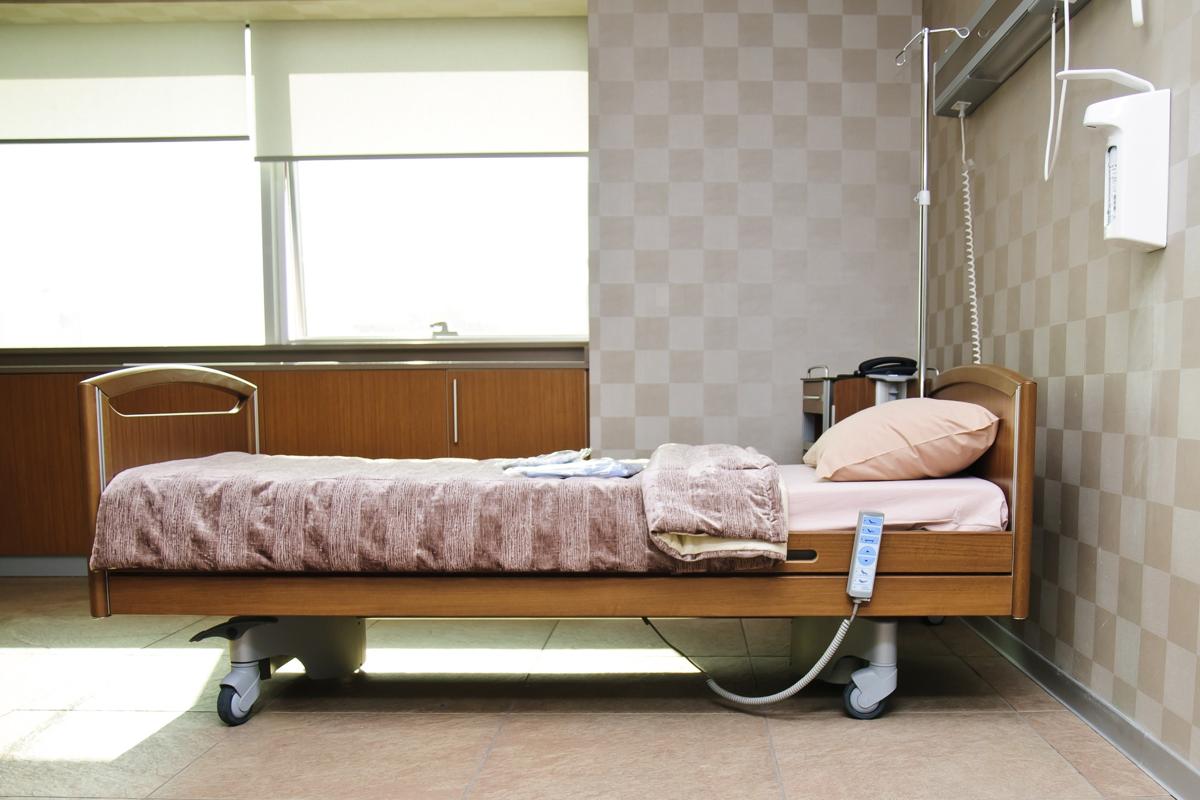
People suffering from pancreatitis are more susceptible to developing a pancreatic pseudocyst. Scroll down to find out more about pancreatic pseudocyst treatment options and preventive measures.
The pancreas is an oblong-shaped glandular organ that stretches across at the back of the stomach, in the upper-left quadrant of the abdomen. It is made up of exocrine as well as endocrine tissues. While the endocrine tissues secrete insulin, glucagon and somatostatin, the exocrine tissues secrete pancreatic enzymes. The pancreatic enzymes help in breaking down carbohydrates, proteins and fats into a smaller digestible form. Inflammation of the tissues of the pancreas is one of the common conditions that may have an adverse impact on the functioning of this glandular organ.
Medically referred to as pancreatitis, inflammation of the pancreas may make one susceptible to various other pancreas problems. Formation of pseudocysts, is one such complication of pancreatitis. A pancreatic pseudocyst is a collection of pancreatic enzymes, necrotic pancreatic tissues, inflamed cells and blood that is enclosed within a fibrous capsule. In this article, we will find out why such lesions or fluid-filled pockets may develop within the pancreas, along with pancreatic pseudocyst treatment options.
How are Pseudocysts Diagnosed
Pancreatic cysts are mainly classified into true cysts and pseudocysts, which is why, doctors may conduct a fine-needle aspiration for collecting a sample of the contents of the cyst. This will help them ascertain whether the pancreatic cyst is a true cyst or a pseudocyst. Pancreatic pseudocysts are fluid-filled pockets that are usually rich in amylase and other pancreatic enzymes.
On the other hand, true cysts are lined with epithelial cells and may even be cancerous in nature. The pseudocysts are usually benign and may or may not produce symptoms. One may, however, experience symptoms if a large-sized cyst obstructs abdominal organs such as the stomach or the intestine. This may give rise to abdominal discomfort. One may experience abdominal pain, bloating or indigestion. The pain may even radiate to the back.
Treatment of Pseudocysts
Once the nature of the cyst has been ascertained, doctors can recommend the suitable treatment options. Though benign pancreatic cysts may resolve on their own, the symptoms could be alleviated with the help of certain drugs. Surgery may be recommended for the treatment of symptomatic pseudocysts.
Percutaneous Drainage
If the cyst is large and symptomatic, doctors may recommend surgical treatment. An abdominal ultrasound, CT scan or MRI, may be conducted. Surgery would naturally be required if the tests reveal the presence of a cancerous or precancerous true pancreatic cyst. If examination of the fluid within the cyst reveals the presence of pancreatic enzymes such as lipase, amylase and enterokinases, doctors may perform percutaneous drainage under the guidance of a CT scan. Under this procedure, a needle is inserted through the skin in order to drain the fluid from the cyst.
Endoscopic-assisted Drainage
This procedure involves the insertion of an endoscope inside the abdomen. An endoscope is a long slender instrument that has a light as well as a video camera attached to it. It is passed down through the throat into the abdomen. It helps surgeons view the internal organs. It also helps in locating the cyst and analyzing its position with respect to the surrounding structures. The surgeons may even perform an endoscopic ultrasound, wherein a small ultrasound transducer that is installed on the tip of the endoscope, gives high quality images of the internal organs. The surgeon then refers to these images while draining the fluid from the cyst.
Cystogastrostomy
Sometimes, doctors may recommend a surgical procedure called pancreatic cystogastrostomy in order to drain off the fluid inside the fibrous capsule. Under this procedure, the surgeon would make a connection between the pancreatic cyst and the stomach. This procedure is usually performed with the help of a laparoscope. This is a small device that has a small camera attached to it. It is inserted into the abdomen through a small incision.
The surgeons view the images on the video monitor as they insert surgical instruments to make a connection between the cyst and the surrounding abdominal organ. At times, the connection may be made between the cyst and the jejunum or the cyst and the duodenum. These procedures are referred to as cystojejunostomy and cystoduodenostomy respectively.
Treating the Underlying Cause
The likelihood of one developing pancreatitis is certainly high in people who indulge in excessive consumption of alcohol. One must therefore, refrain from consumption of alcohol and avoid any activity that may increase the risk of pancreatitis. Since prolonged use of corticosteroids, thiazide diuretics, estrogen or azathioprine may also be linked to the inflammation of the pancreas, those who have suffered from pancreatitis before, must inform the doctors. Following a healthy diet can also reduce the risk of pancreatitis. Drug therapy for autoimmune diseases or any underlying medical condition would naturally help.
Pancreatic pseudocysts are usually benign, and may sometimes, resolve on their own. If these cysts are large, the aforementioned minimally invasive procedures can be used for draining off the fluid. These are mostly a complication of pancreatitis, which is why, the best way to lower the risk, would be to follow dietary guidelines and opt for good lifestyle choices.


